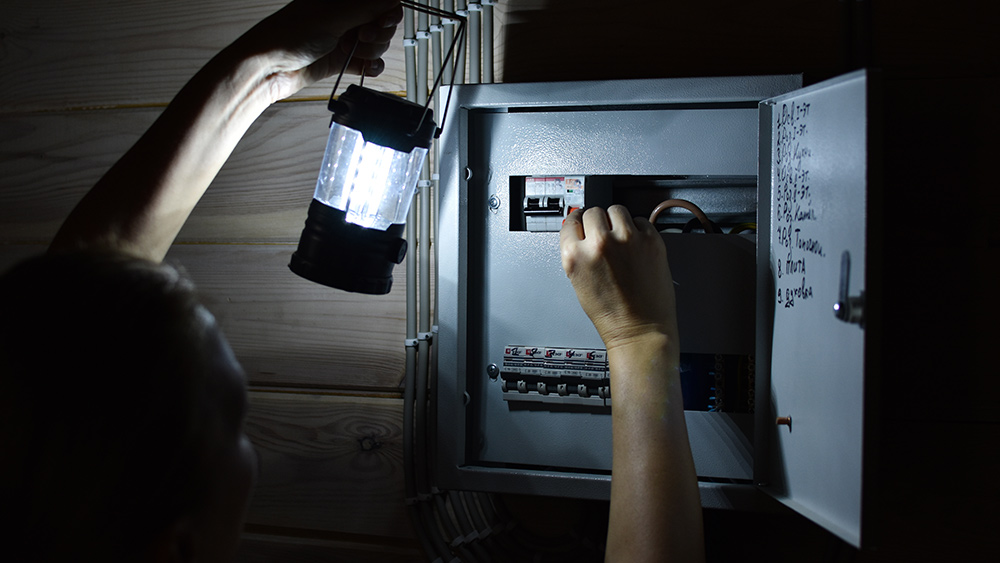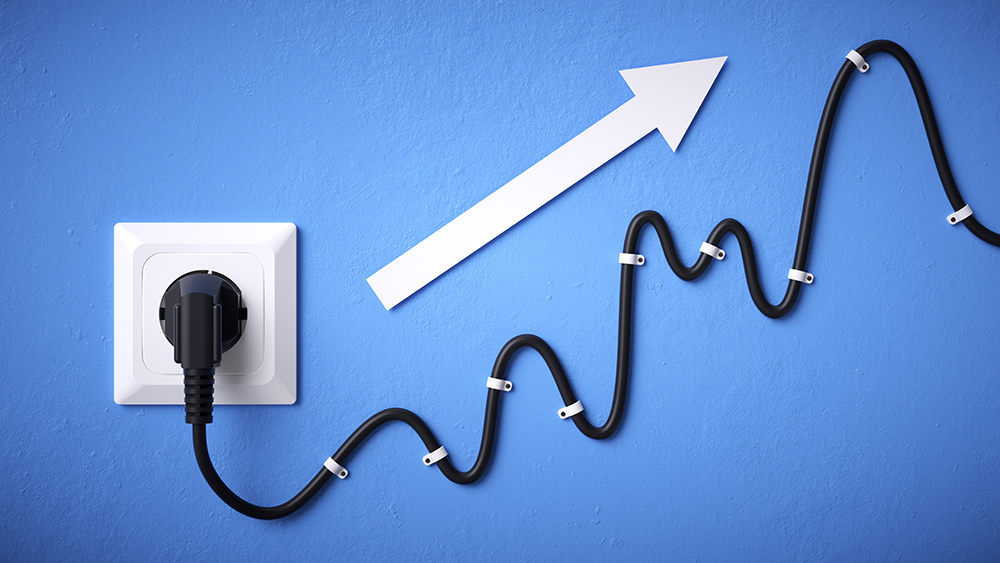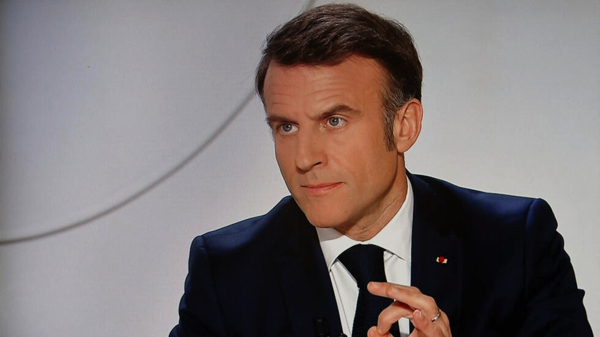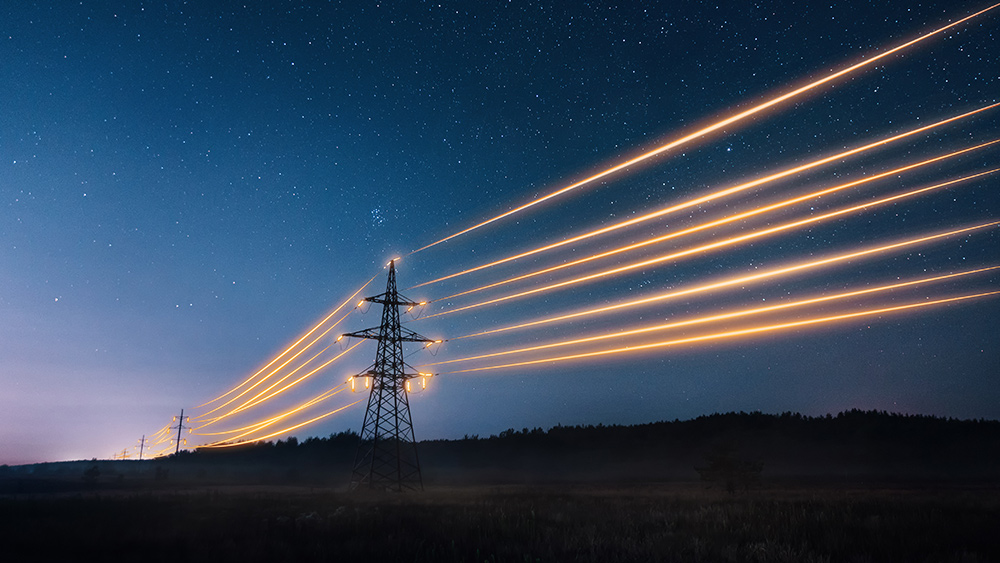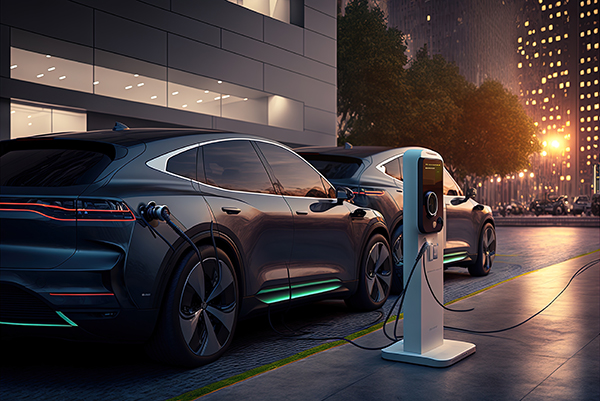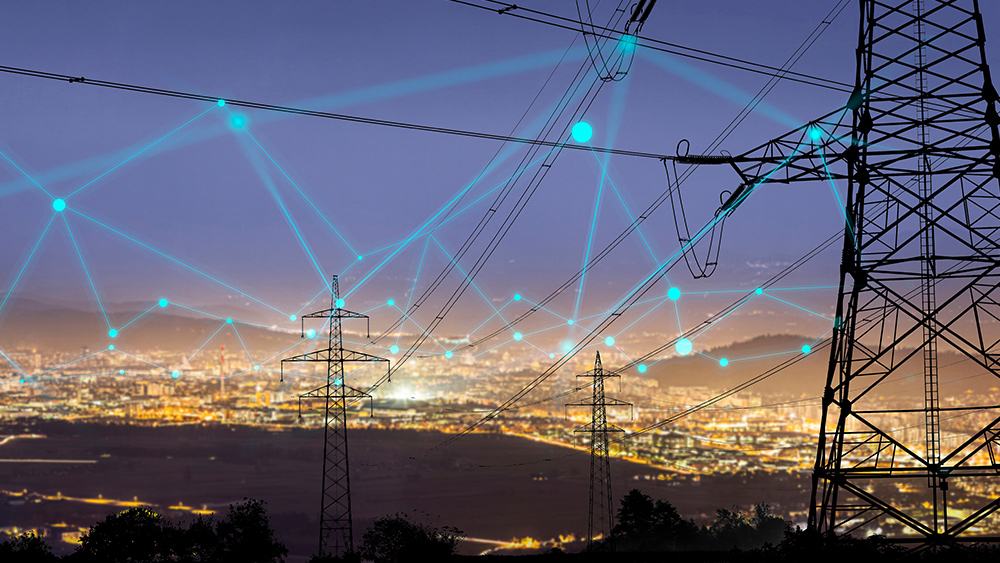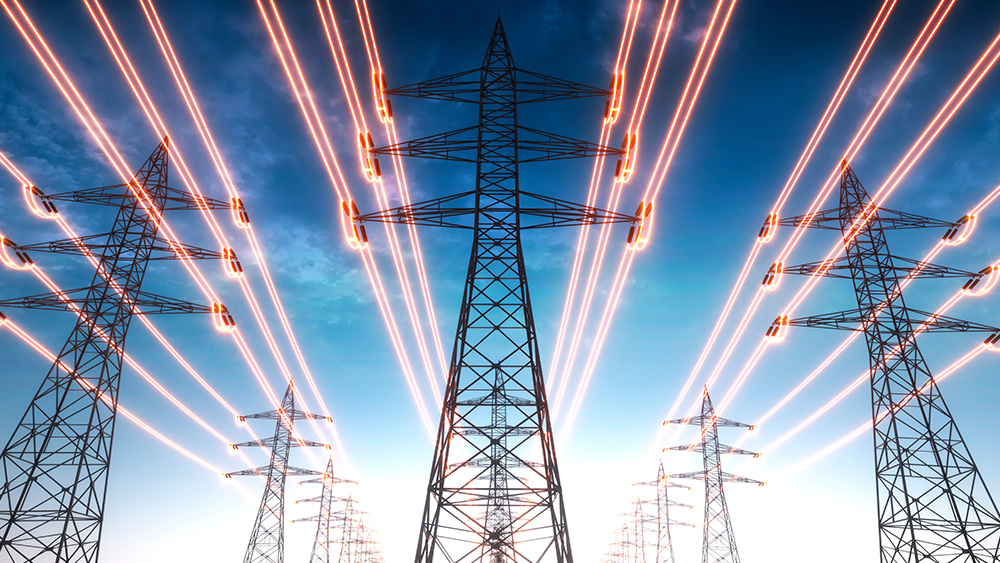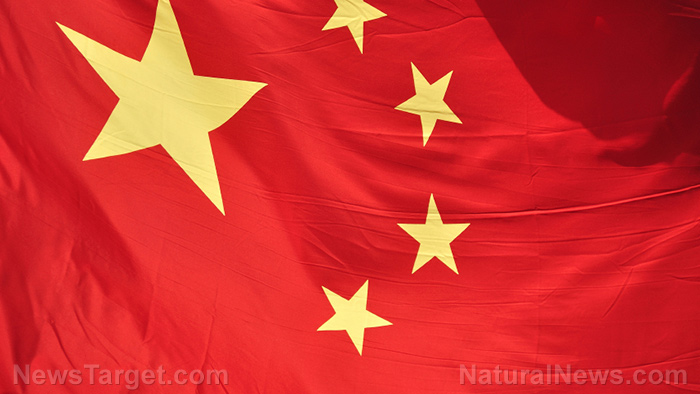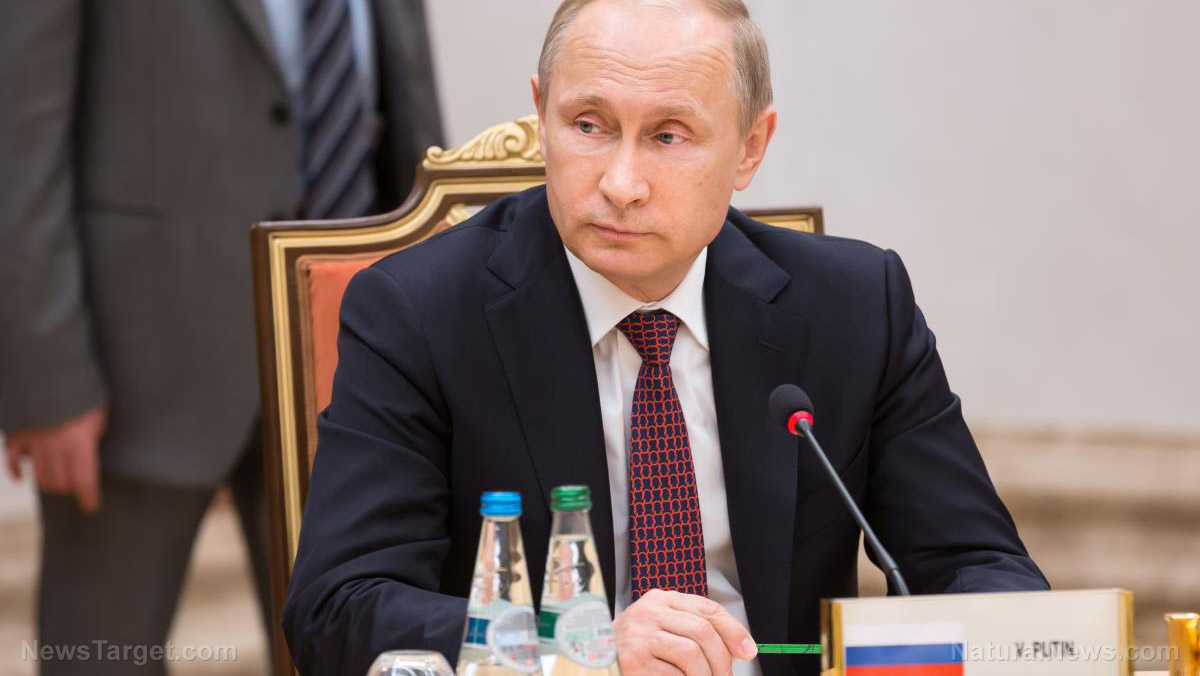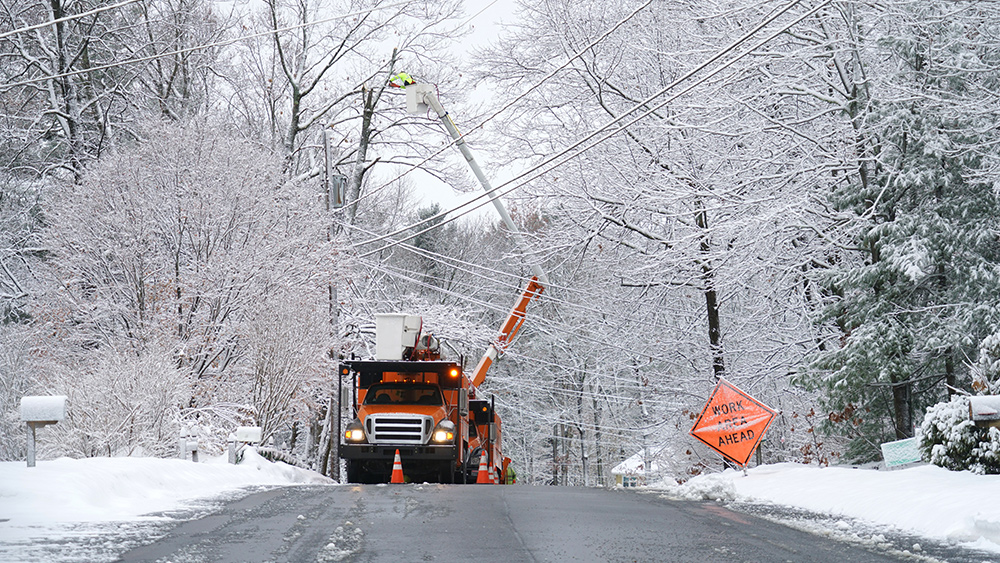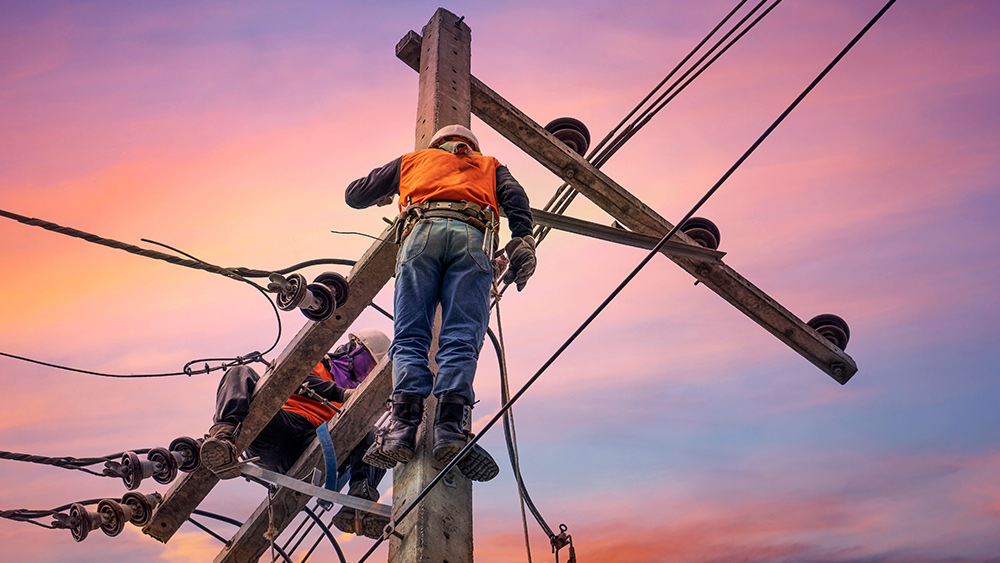China is now the world’s biggest hydropower producer
04/24/2024 / By Belle Carter

Recently released data revealed that China is now the biggest hydropower producer in the world. The communist country generated an estimated 1,303 terawatt hours (TWh) of hydropower in 2022.
This information was published by Ember, a United Kingdom-based energy think tank. According to Ember, hydroelectric energy output has steadily grown in the past 20 years, although faster growth in wind and solar is closing the gap.
China produces 31 percent of global hydropower, more than triple the next largest producer, Brazil. These two countries have also dominated recent growth in capacity. Anna Fleck of the data collection and visualization platform Statista prepared a chart that shows the electricity generation of the countries in TWh during the said year. Following China at 31 percent is Brazil at 427 TWh, Canada at 398 TWh, the United States at 249 TWh and Russia at 198 TWh.
Meanwhile, more than 30 countries produce the majority of their electricity from hydro sources. Hydroelectricity’s share of total power production for each of the countries shows that Norway comes first with a high 87.5 percent of its electricity energy mix having been accounted for by hydropower in 2022. Only Paraguay comes higher in terms of share of total electricity production, at 99.7 percent. If this chart were extended, it would feature in rank 15.
India was the sixth biggest hydropower worldwide in 2022 with approximately 175 TWh of hydropower generated that year, which accounted for 9.4 percent of the country’s electricity production. Fossil fuels accounted for more than three-quarters (77 percent) of the country’s electricity production in 2022. This was mostly from coal (74 percent), followed by natural gas (2.7 percent). India’s emissions are driven by dependence on fossil fuels as well as its large population, although per capita emissions are low. The South Asian nation has set a target of increasing the share of non-fossil fuel sources in its electricity generation capacity to 50 percent by 2030. (Related: China still thinks fossil fuel is key to a reliable power grid.)
The review also indicated that hydroelectricity had a two percent fall in production in 2021 due to low rainfall in key countries such as China, Brazil, the U.S. and Turkey.
According to Ember, hydropower, with its ability to supply power on demand, has an important role to play in enabling high penetration of variable renewable sources.
“Both expansion and modernization of capacities will be required as part of the solution to replace fossil fuels. This must be done in a way that minimizes lifecycle project greenhouse gas emissions and accounts for socioeconomic and biodiversity impacts, which have historically been undervalued,” the think tank included in the review.
China projects itself as a leader in green energy while also being the largest consumer of fossil fuels
Concerns about the phaseout of fossil fuels and the limited availability of certain raw materials needed for the green transition explain China’s position as a leader in both the geopolitics of green energy and in fossil fuel and raw materials import and use. According to a peer-reviewed analysis from experts at the East Asia Forum, the dual role not only slows down international progress on climate mitigation but also “jeopardizes” the communist country’s position as a green global actor.
In climate negotiations, Beijing has been very vocal that developed countries fulfill their commitments while portraying itself as a victim of and lead fighter against climate change. Understanding the real extent of the voluntary climate finance China provides is complicated.
“In any case, Beijing’s projection of itself as a green global actor is undermined by its dependency on fossil fuels and raw materials. These dependencies help us understand why Belt and Road engagement has largely concentrated on energy and the mining of metals needed for the green transition,” the analysis stated.
Meanwhile, the European Union (EU) is required to live up to its climate diplomacy responsibilities, especially concerning climate finance. Only then can it make real progress on climate action and realize its interest in becoming a green global actor. On the bilateral front, the EU is interested in cooperation with China to reduce the use of fossil fuels and to promote more constructive competition along the green tech value chain.
Visit EnergySupply.news to read more about the best power sources.
Watch the video below where host Owen Shroyer discusses why green energy policies will never work.
This video is from the InfoWars channel on Brighteon.com.
More related stories:
Survival tips: Alternate power sources for your homestead.
Are you really against fossil fuels? Read this before you answer.
Sources include:
Submit a correction >>
Tagged Under:
China, climate, climate change, conspiracy, deception, electricity, energy generation, energy supply, environment, fossil fuel, green energy, green living, Green New Deal, green tyranny, hydroelectric power, hydropower, insanity, power, power grid, renewable energy, renewables
This article may contain statements that reflect the opinion of the author
RECENT NEWS & ARTICLES
Electricity.News is a fact-based public education website published by Electricity News Features, LLC.
All content copyright © 2018 by Electricity News Features, LLC.
Contact Us with Tips or Corrections
All trademarks, registered trademarks and servicemarks mentioned on this site are the property of their respective owners.

